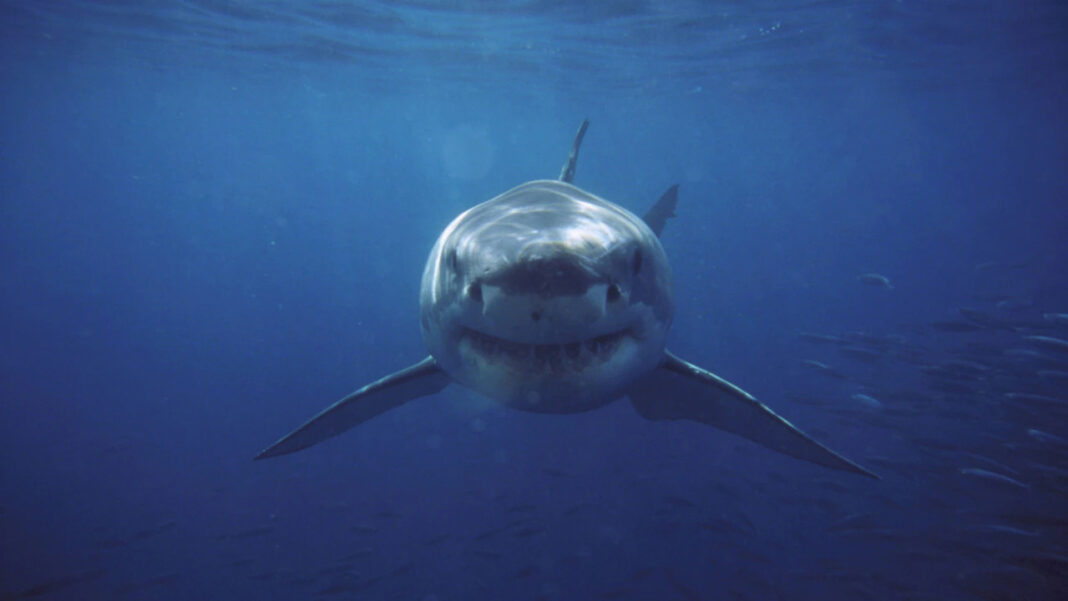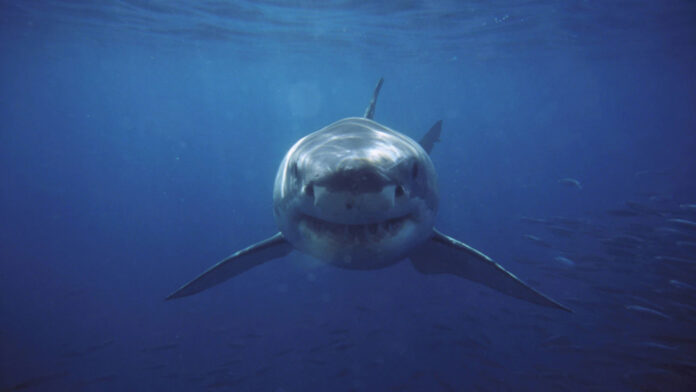Australia (Commonwealth)_
At the height of the Australian summer, 21-year-old Nathaniel Woodcock returned to the beach with fresh batteries for his drone. As he scanned the emerald waters from above, he spotted a seven-foot shadow—a great white shark—heading toward swimmers and surfers. Woodcock promptly radioed lifeguards and activated the drone’s warning system: “Attention, beach users. There is a shark in your area. Please exit the water.” Swimmers scrambled ashore as the shark followed a school of fish to the shore. After a tense moment, the shark turned back to sea, averting potential danger.
Woodcock is among hundreds of drone pilots in Australia participating in a high-tech initiative to reduce shark attacks. As shark attacks increase globally, Australia is moving away from traditional methods like shark nets, opting instead for advanced technologies. The country now boasts the world’s largest coastal drone-surveillance operation and is deploying nonlethal drumlines, which alert authorities when a shark takes the bait, allowing for unprecedented monitoring of shark activities.
This advanced technology is still in its early stages. Officials are testing remotely operated and long-distance drones and incorporating artificial intelligence to enhance effectiveness. However, many areas remain unmonitored due to the limited deployment of these technologies. Woodcock’s intervention at a beach in Mollymook highlighted both the potential and the limitations of current technology. The great white shark was untagged, making it undetectable by listening stations. Furthermore, had the shark appeared later, Woodcock, the only drone operator on duty, would have been unavailable.
In the previous year, there were 10 fatal shark attacks globally, with four occurring in Australia, as reported by the University of Florida’s International Shark Attack File. Despite a decline from six deaths in 2020, the overall trend shows an increase. Between 2012 and 2018, Australia saw only one or two fatal shark attacks annually, with none in 2019. Rising sea temperatures and population growth are suspected of increasing shark activity near shores, compounding the risks for ocean-goers.
Historically, shark nets have been a primary defense mechanism, first installed in the 1930s in response to increased shark attacks near Sydney. Despite their longstanding use, their efficacy and environmental impact are contentious. Nets often catch non-target marine life, with many animals found dead. Moreover, 17% of unprovoked shark attacks have occurred at netted beaches. Critics argue that nets provide a false sense of security, with evidence suggesting they are no more effective than unnetted areas in preventing shark encounters.
In contrast, newer technologies like “SMART” drumlines offer a more sustainable solution. These nonlethal drumlines, first implemented in New South Wales in 2015, alert authorities when a shark is caught, allowing for the animal’s safe relocation and tagging. This program has grown significantly, aiding in both public safety and scientific research.
The shift towards these technologies reflects a broader strategy to replace traditional nets. While the new tech shows promise, it is not without challenges. Drumlines can trigger false alarms, and drones face operational limitations such as weather conditions and pilot fatigue. Despite these hurdles, the integration of AI and long-range drones offers hope for more effective shark monitoring in the future.
The cost of these programs, around $14 million annually for New South Wales, raises concerns about affordability and scalability. Even with continuous drone patrols, it is unrealistic to expect the complete prevention of shark attacks. Experts caution against overreliance on technology, emphasizing that ocean users must acknowledge the inherent risks of entering a predator’s domain.
Australia’s innovative approach to shark attack prevention, combining advanced technology with traditional methods, represents a significant evolution in beach safety. As research and development continue, these efforts may set a new global standard for mitigating shark-human interactions.







